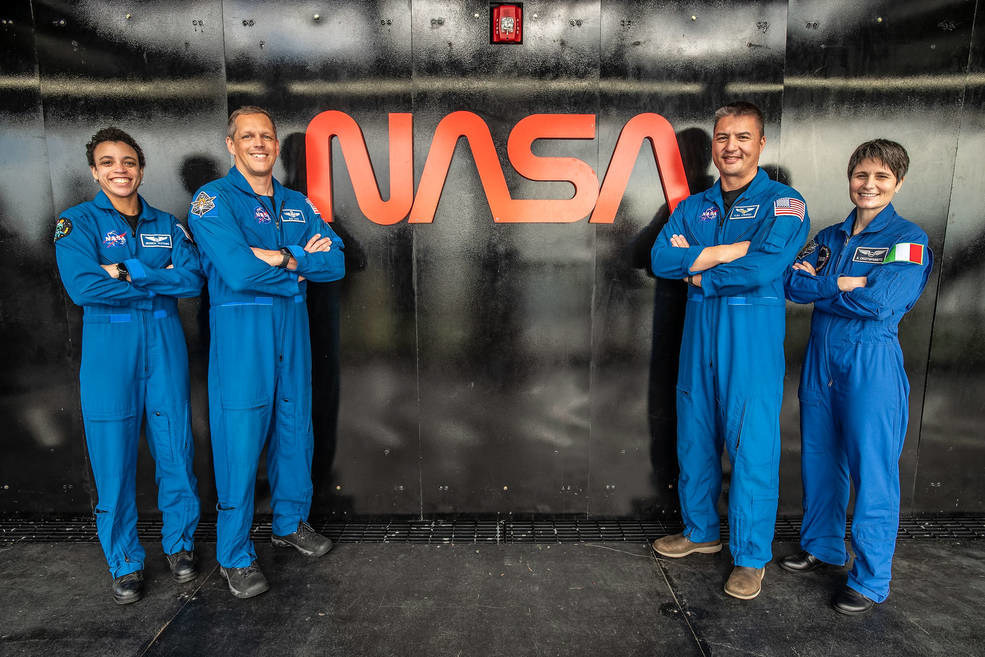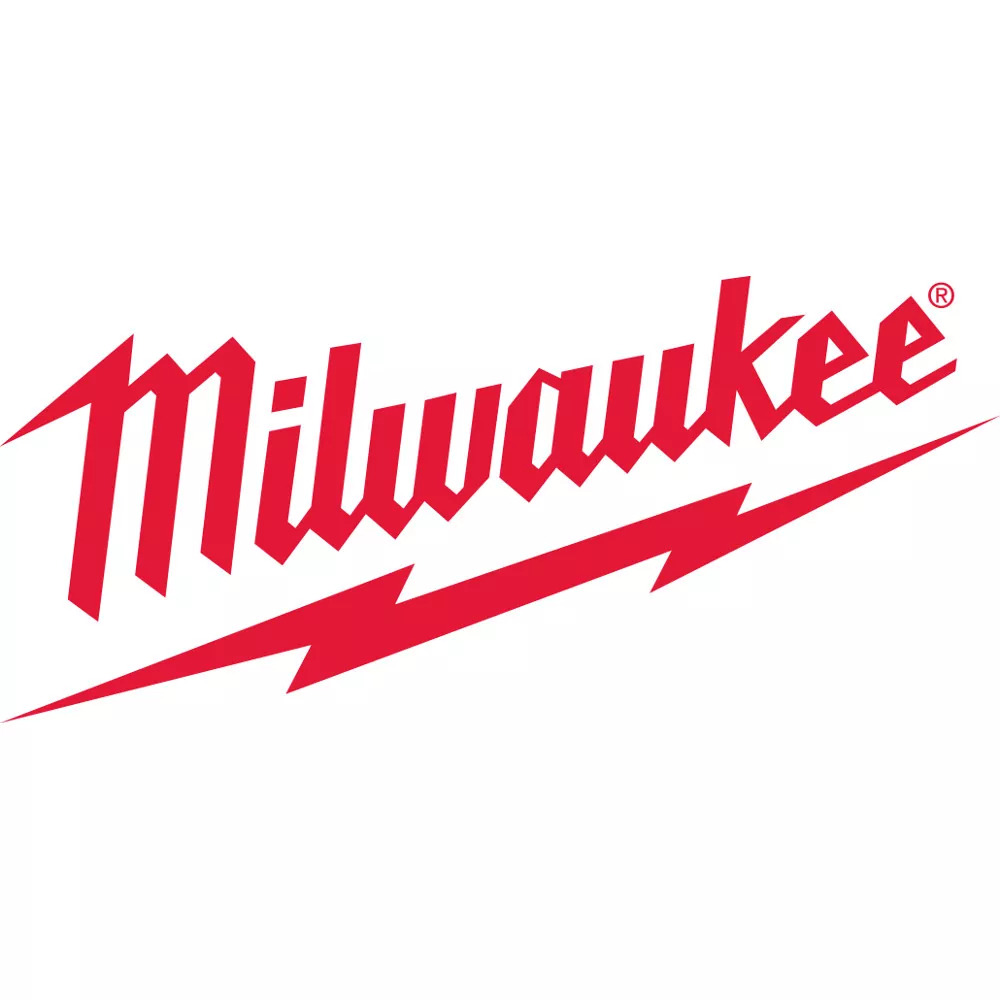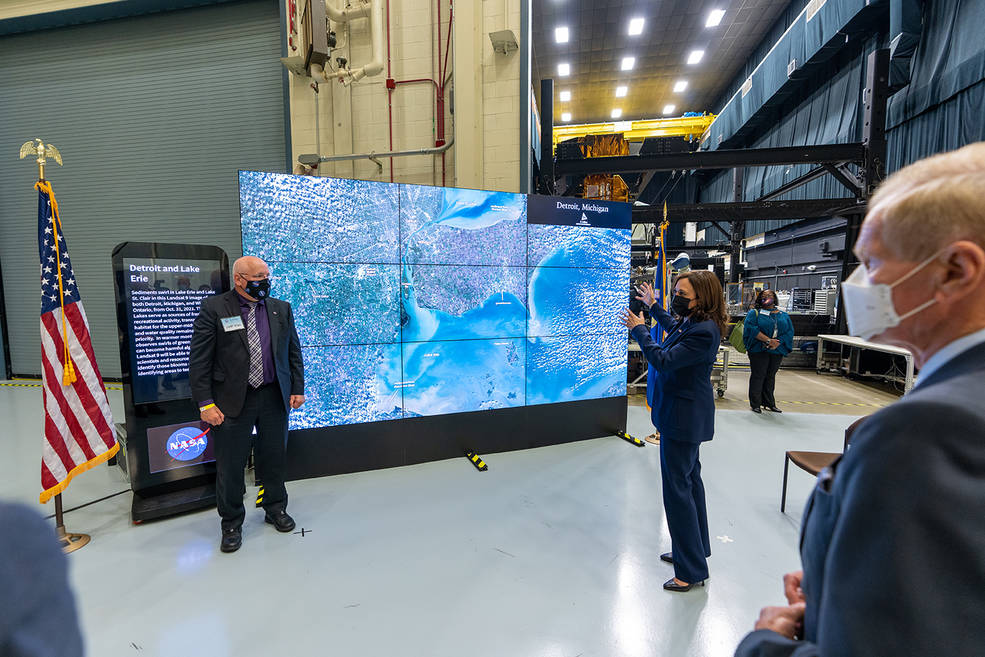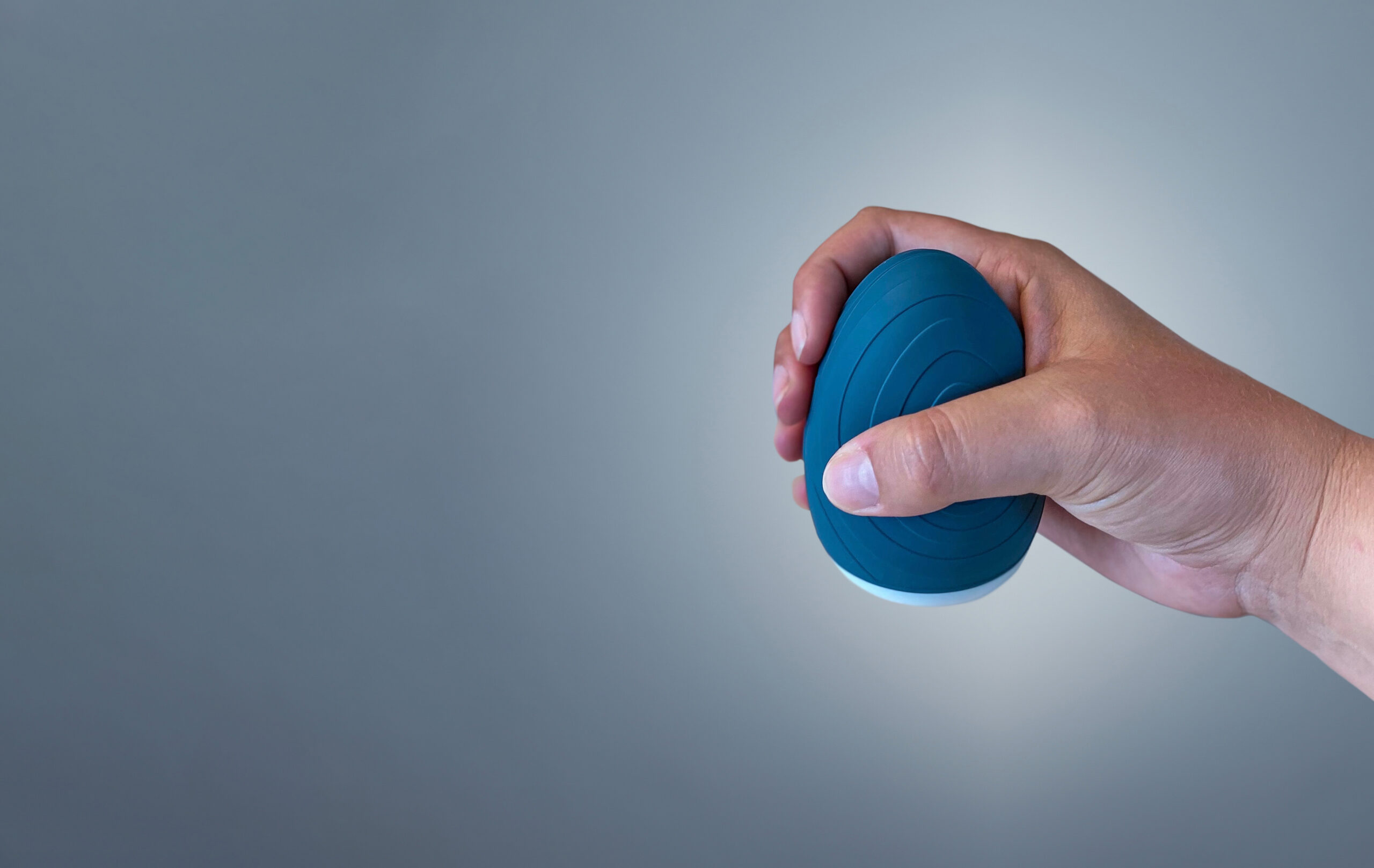NASA Crew-4 Astronauts To Perform an Array of ISS National Lab-Sponsored R&D Over Six-Month Science Expedition

The next launch of a SpaceX Dragon spacecraft will carry a crew of four astronauts to the International Space Station (ISS) for a six-month science expedition mission. The launch, SpaceX’s fourth Commercial Crew mission contracted by NASA, will send NASA astronauts Kjell Lindgren (mission commander), Robert Hines (pilot), and Jessica Watkins (mission specialist), along with European Space Agency astronaut Samantha Cristoforetti (mission specialist), to the orbiting laboratory. During their mission, the Crew-4 astronauts will perform dozens of research and technology development investigations sponsored by the ISS National Laboratory. Their endeavors will bring value to humanity through space-based inquiry, further our ability to explore, and enable a robust market in low Earth orbit.

ISS National Lab-sponsored experiments that the Crew-4 astronauts will conduct range from projects in the life and physical sciences to those in advanced materials, technology development, and in-space production applications. This research, along with critical supplies, will be delivered to the ISS on multiple Commercial Resupply Services (CRS) missions. Examples of investigations the Crew-4 astronauts will facilitate during their mission include the following.
- Procter & Gamble—one of the leading consumer goods companies in the world—will launch an investigation to aid in the development of low-resource-use laundry solutions for everyday use while also meeting consumer demands for more sustainable products. Procter & Gamble presently has an active experiment onboard the orbiting laboratory utilizing Tide Infinity for stability testing. This upcoming mission will further evaluate key ingredients found in Tide To Go Pens and Tide To Go Wraps, allowing the company to examine the viability of cleaning detergent solutions in space.
- A student experiment through the Genes in Space™ program will help to validate a portable, low-cost biosensor that could aid in medical diagnostics and on-demand production of medicine and vaccines. Such a sensor could also support future space missions and the burgeoning market in low Earth orbit. Genes in Space™ is an annual research competition that challenges students in grades seven through 12 to design DNA experiments to be conducted via the ISS National Laboratory. A total of nine student investigations have launched through the program, including the first experiment to utilize CRISPR technology in microgravity. Several of these student investigations have yielded results that have been published in peer-reviewed journals.
- A team from Arizona State University will send a fluid transport investigation through the ISS National Lab that seeks to develop and test predictive models of flow between proteins to better understand hydrodynamics and improve drug development. This ISS National Lab-sponsored project is one of many funded by the U.S. National Science Foundation (NSF).
- The University of California, San Francisco is launching a tissue chip investigation to examine the relationship between immune aging and healing outcomes in space. The investigation is funded by a center within the National Institutes of Health as part of an effort to develop more effective treatments for patients on Earth. Over the years, the ISS National Lab has fostered long-standing relationships with a variety of government organizations to further fundamental research through dozens of investigations conducted onboard the ISS.
- LambdaVision, an innovative biomedical startup, aims to leverage ISS National Lab resources for in-space production applications to improve manufacturing of the company’s artificial retina to restore vision in those blinded by retinal degenerative diseases. The company previously launched a series of investigations to station in partnership with ISS National Lab Commercial Service Provider Space Tango. LambdaVision believes microgravity could be leveraged to improve the quality of the artificial retina by limiting imperfections that occur during manufacturing on Earth.
These are just a few examples of the dozens of payloads sponsored by the ISS National Lab that the Crew-4 astronauts will work on during their time on station. Currently, the Crew-4 mission is slated to liftoff from Launch Pad 39A at NASA’s Kennedy Space Center no earlier than Wednesday, April 27 at 3:52 a.m. EDT. The ISS National Lab will provide further updates on research launching in the coming months. To learn more about the science supported by the ISS National Lab, including opportunities to become part of the space research community, please visit www.ISSNationalLab.org.
About the International Space Station (ISS) National Laboratory:
The International Space Station (ISS) is a one-of-a-kind laboratory that enables research and technology development not possible on Earth. As a public service enterprise, the ISS National Lab allows researchers to leverage this multiuser facility to improve life on Earth, mature space-based business models, advance science literacy in the future workforce, and expand a sustainable and scalable market in low Earth orbit. Through this orbiting national laboratory, research resources on the ISS are available to support non-NASA science, technology and education initiatives from U.S. government agencies, academic institutions, and the private sector. The Center for the Advancement of Science in Space, Inc. (CASIS) manages the ISS National Lab, under Cooperative Agreement with NASA, facilitating access to its permanent microgravity research environment, a powerful vantage point in low Earth orbit, and the extreme and varied conditions of space. To learn more about the ISS National Lab, visit www.ISSNationalLab.org.





